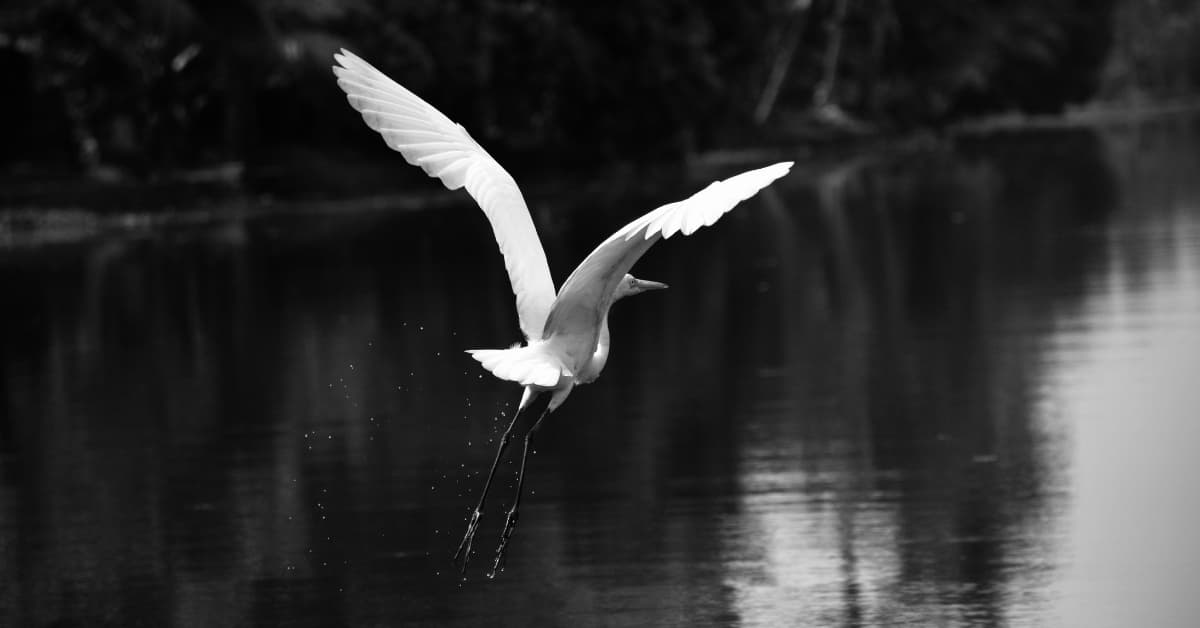Bird photography is a captivating and rewarding pursuit that allows enthusiasts to capture the beauty and diversity of avian life. Whether you’re a seasoned photographer or a beginner with a passion for nature, this article will guide you through the essentials of bird photography, offering tips, techniques, and insights to help you elevate your skills and create stunning avian portraits.
Understanding the Basics
- Invest in the Right Equipment:
To capture crisp and detailed bird images, invest in a good camera with a telephoto lens. A lens with a focal length of at least 300mm is recommended for capturing distant and fast-moving subjects. - Learn About Bird Behavior:
Understanding the behavior of birds is crucial for successful bird photography. Study their habits, feeding patterns, and nesting grounds to anticipate their movements and capture more natural shots. - Patience is Key:
Bird photography often requires time and patience. Set up in a location frequented by birds, use camouflage if necessary, and wait for the right moment. Patience will reward you with unique and authentic shots.
Techniques for Stunning Shots
- Mastering Focus and Composition:
Achieve sharp focus on the bird’s eyes and use the rule of thirds for a balanced composition. Experiment with different angles and perspectives to add variety to your shots. - Optimal Lighting Conditions:
Shoot during the golden hours of sunrise and sunset for soft, warm light. Overcast days can also provide diffused lighting, reducing harsh shadows and enhancing feather details. - Use a Tripod for Stability:
Especially in low-light conditions, a sturdy tripod can make a significant difference in the sharpness of your images. It also allows for smoother panning shots.
Post-Processing and Editing
- Retaining Natural Colors:
When photo editing, ensure that the colors in your photos remain true to life. Adjust the exposure, contrast, and saturation subtly to enhance the image without sacrificing authenticity. - Focus on Details:
Use photo editing tools to sharpen details, reduce noise, and enhance the overall quality of your bird photographs. However, avoid excessive editing that might compromise the natural look of the image.
FAQs
What camera settings are ideal for bird photography?
Use a fast shutter speed (1/1000 or faster) to freeze the bird’s motion, a wide aperture (f/5.6 or lower) for a blurred background, and adjust ISO according to lighting conditions.
How can I attract birds for better photo opportunities?
Set up bird feeders or bird baths in your vicinity. Providing a welcoming environment with food and water increases the chances of birds visiting regularly.
What are some common mistakes to avoid in bird photography?
Avoid disturbing the birds by maintaining a safe distance. Be mindful of harsh shadows, and ensure your equipment is set up correctly to prevent missed shots.
Can I start bird photography with a smartphone?
While smartphones have limitations, you can still capture decent bird images. Get as close as possible, use burst mode for action shots, and edit with apps to enhance the final result.
Conclusion
Embarking on the journey of bird photography is a thrilling experience that allows you to connect with nature and showcase the stunning diversity of avian life. By mastering the basics, employing effective techniques, and embracing patience, you’ll be well on your way to creating captivating bird photographs that tell unique stories of these winged wonders.
This page was last edited on 27 February 2024, at 12:26 pm
